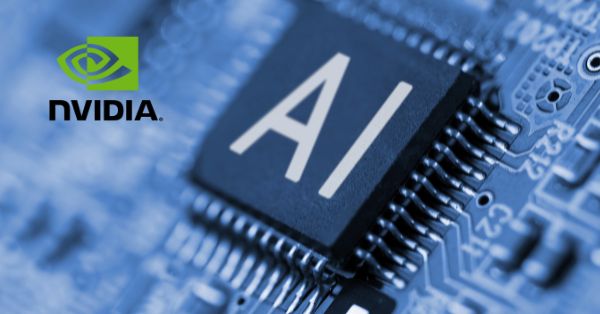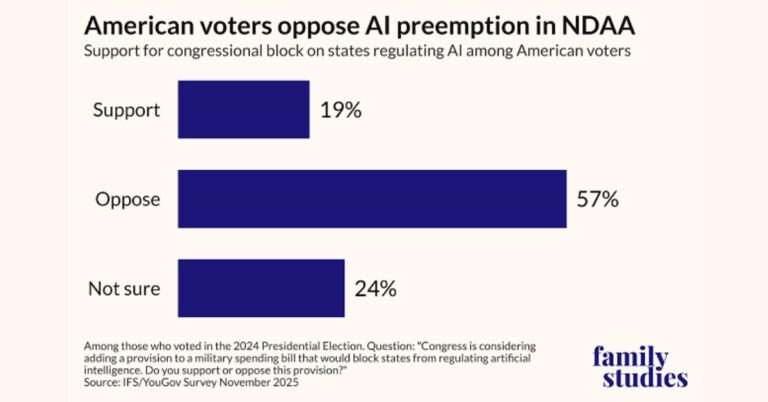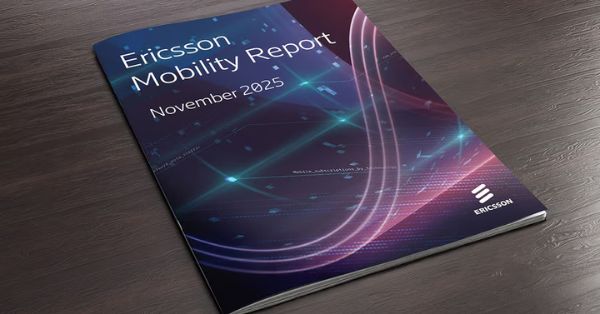Simplified Zero Trust Onboarding for Private LTE/5G Networks
OneLayer has teamed up with Ericsson to deliver a new Zero Touch Zero Trust Network Access (ZT-ZTNA) solution tailored for private networks. Announced on March 24, 2025, the offering focuses on automating device onboarding at scale and enforcing zero trust security for industries like utilities, where secure and scalable connectivity is becoming essential.
The ZT-ZTNA solution enables organizations to streamline the onboarding of devices to their private LTE and 5G networks while maintaining strict access controls. By eliminating manual provisioning steps, this integrated solution simplifies network operations and enhances security posture for enterprises managing growing fleets of connected devices.
Integrating IT Security with Operational Technology in Private Networks
As private cellular networks expand, businesses need scalable tools to manage and secure connected devices. This is especially important in industries that rely heavily on operational technology (OT), such as energy, manufacturing, and logistics.
Ericsson’s role in simplifying the deployment of mission-critical private networks pairs well with OneLayer’s expertise in OT device security. The ZT-ZTNA solution is designed to bring carrier-grade security features—once limited to Mobile Network Operators (MNOs)—to enterprise-owned networks. The solution automatically provisions SIMs, fingerprints devices, and authorizes network access, all without manual intervention.
“With ZT-ZTNA, enterprises can scale their device operations securely and efficiently,” said Dave Mor, CEO of OneLayer. “This collaboration with Ericsson enhances network visibility and control, helping organizations serve millions of customers while advancing their sustainability goals.”
Accelerating Device Onboarding and Supporting Enterprise Use Cases
ZT-ZTNA goes beyond just device authentication. It supports end-to-end automation across the lifecycle of network-connected assets, allowing different enterprise teams to manage onboarding tasks without deep cellular knowledge.
This operational shift enables:
- Faster time-to-service for new connected devices
- Reduced administrative overhead
- Higher ROI from private network investments
- Support for diverse use cases, from grid monitoring in utilities to industrial automation in manufacturing
By connecting traditional IT systems with modern cellular infrastructures, enterprises gain the flexibility to scale operations securely without reengineering their existing workflows.
Private 5G Security Solutions for Utilities and Enterprise Verticals
Utilities, in particular, stand to benefit from the combined offering. With thousands of sensors, meters, and control devices in the field, these companies require scalable solutions to manage device identity and access without compromising on performance or compliance.
Dana Jaber Diab, VP and Head of Utilities at Ericsson Americas, emphasized the strategic importance of this integration: “ZT-ZTNA ensures that enterprises can fully leverage their private LTE/5G networks. It simplifies operations, enhances device security, and strengthens overall infrastructure resilience.”
ZT-ZTNA Launches with Live Demos at DistribuTECH 2025
The ZT-ZTNA solution is available for both new and existing private network deployments. Enterprise customers can begin integrating it into their infrastructure to streamline connectivity and bolster network security from day one.
Attendees at DistribuTECH, March 25–27, will have the opportunity to experience the ZT-ZTNA platform through live demos at the Ericsson and OneLayer booths. The sessions will highlight how the solution fits into enterprise digital transformation strategies, including network automation, zero trust policies, and assurance frameworks.
About OneLayer
OneLayer specializes in secure asset management for private LTE and 5G networks. The platform helps enterprises manage their cellular environments efficiently, offering zero-trust security and operational intelligence without requiring cellular-specific expertise. More information is available at www.OneLayer.com.
About Ericsson
With nearly 150 years of experience, Ericsson provides mobile connectivity solutions worldwide. Their high-performance network infrastructure powers billions of connections daily, supporting both public and private networks across industries. Learn more at www.ericsson.com.







































